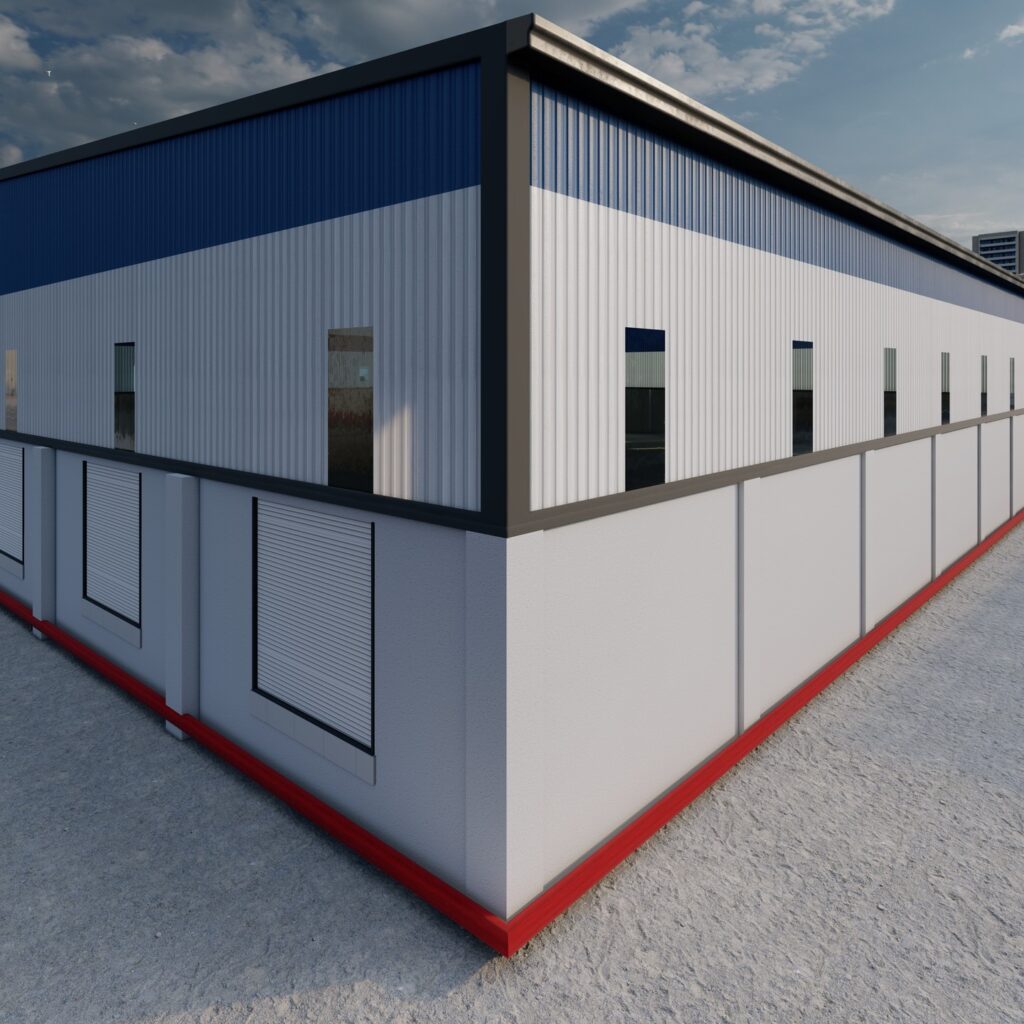
As the sun sets over the bustling city, Sarah looks at her client’s old commercial roof. She knows it needs a new look but feels lost in the roofing world. She doesn’t realize the answer is in modified bitumen roofing, a new and effective choice.
Modified Bitumen (mod bit) roofing started in the 1960s as a smart and strong option for flat or low-slope roofs. It’s a budget-friendly choice compared to traditional Built-Up Roofing (BUR). This new roofing combines asphalt with polymerized rubber or plastic and fiberglass for strength and flexibility.
Sarah finds out that mod bit roofing beats BUR in many ways. It’s strong and keeps water out well, making it a dependable choice for tough weather. This roofing has two or more layers, lasting about 20 years. She’s happy to see it works for many buildings, making her sure it’s right for her client’s property.
Understanding Modified Bitumen Roofing Systems
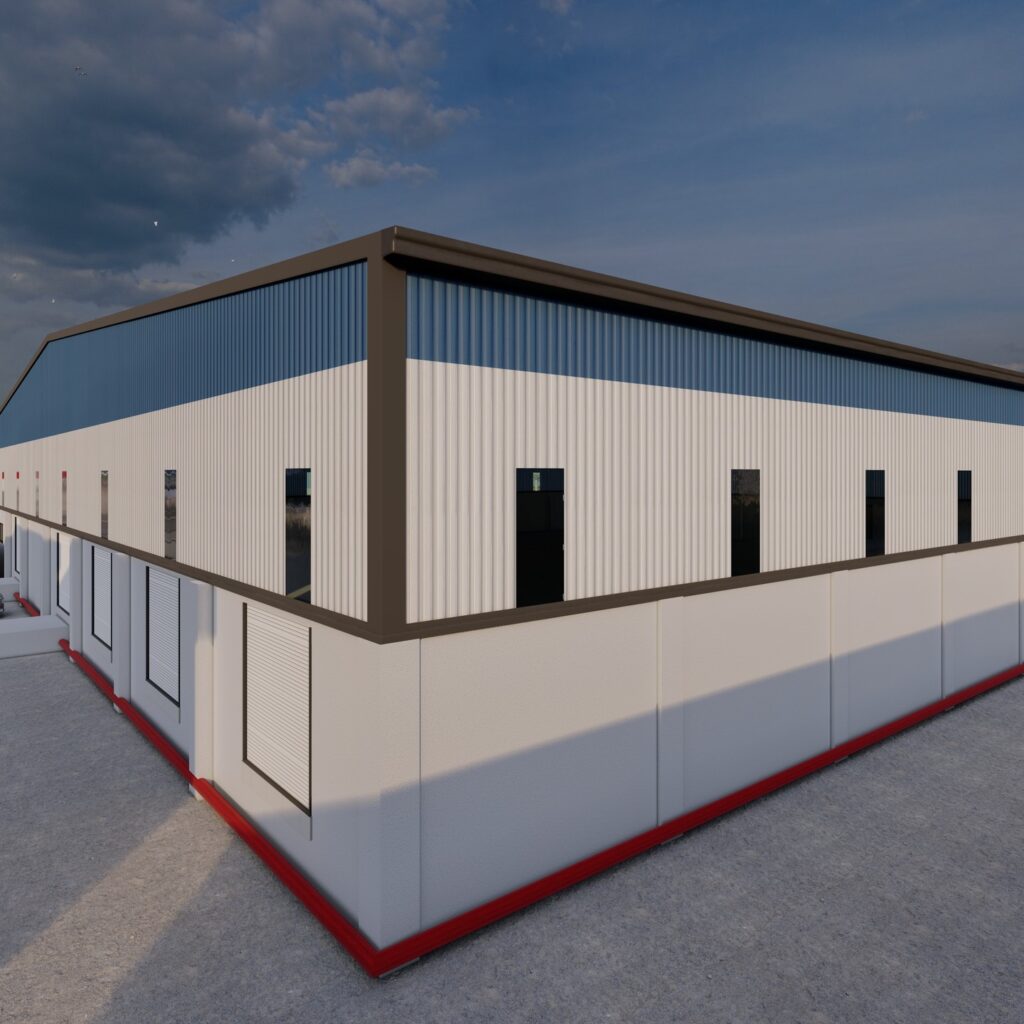
Modified bitumen roofing is a top choice for commercial and industrial buildings. It first appeared in Europe in the early 1960s and came to the U.S. and Canada in 1975. This system is known for its strong protection against bad weather, thanks to its multi-layered design.
Advantages of Modified Bitumen Over Traditional Built-Up Roofing
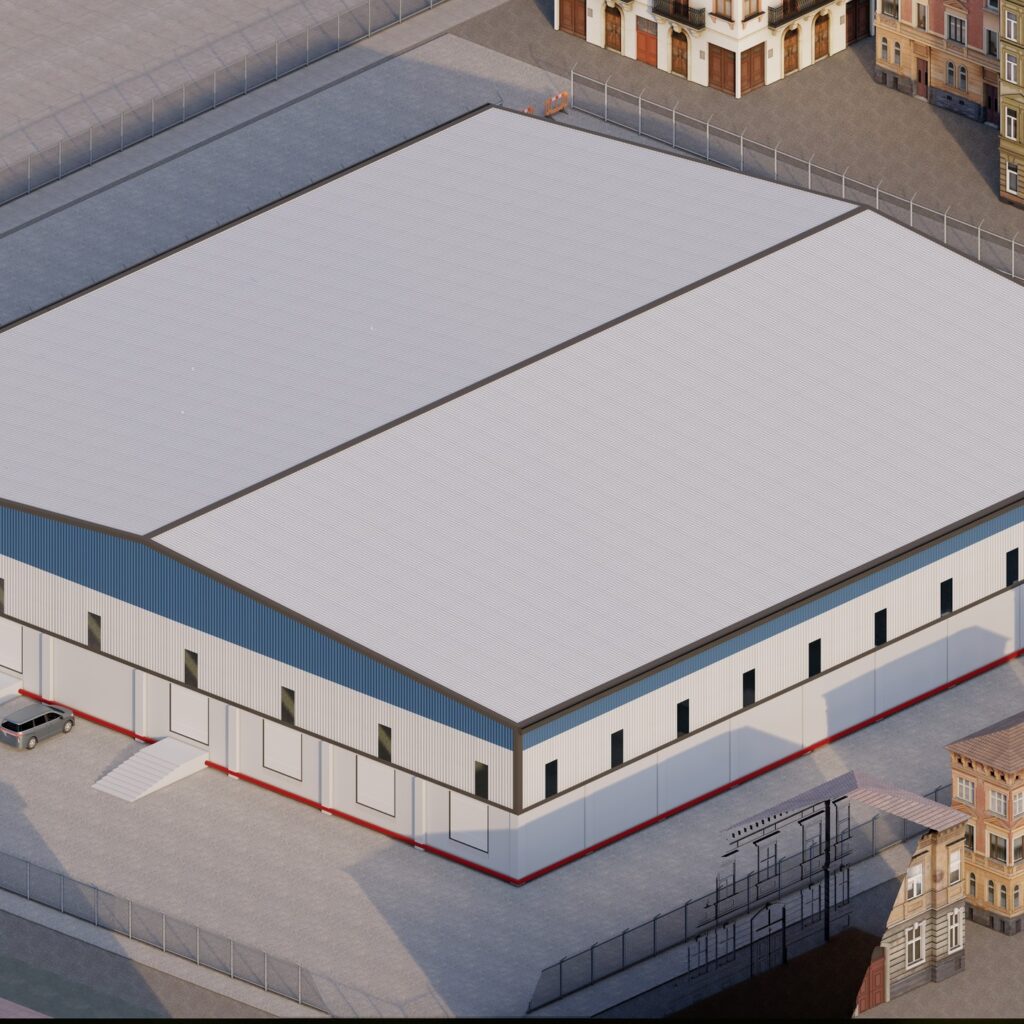
Modified bitumen roofs beat traditional built-up roofing in many ways. They have a five-layer setup that includes insulation and a protective membrane. These roofs last about 15 to 20 years and are easier and quicker to install, saving money and time. They’re perfect for busy commercial areas because they’re so durable.
Composition: Asphalt Membranes Reinforced with Polymers and Fiberglass
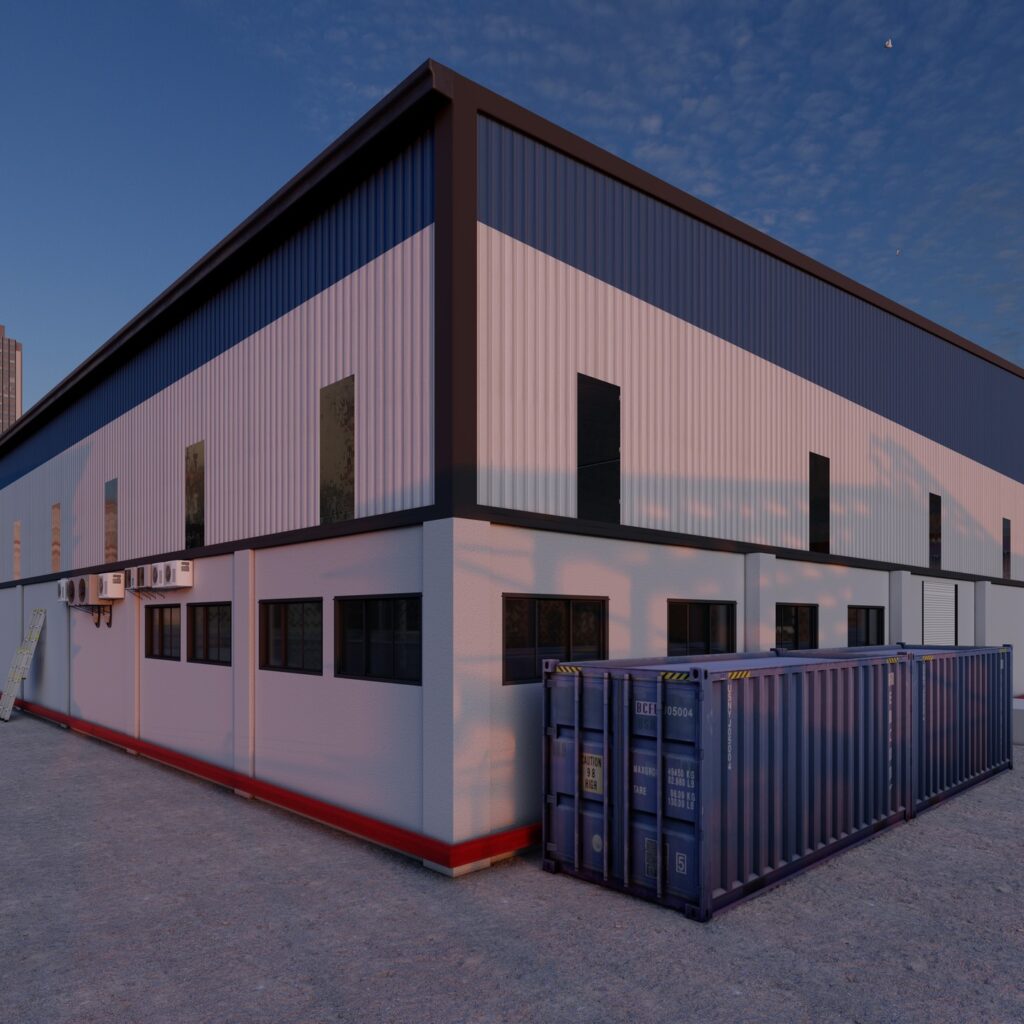
Modified bitumen roofs are made special by their materials. They use asphalt membranes with polymers and fiberglass for added strength and flexibility. These roofs don’t leak and protect against water for a long time. Plus, they’re good for the planet and can be recycled when they’re old.
Modified bitumen is great for small spaces because it comes in convenient rolls. But, it can be tricky in areas that stay wet, like flat roofs, so extra care is needed.
Installation Methods for Modified Bitumen Roofing
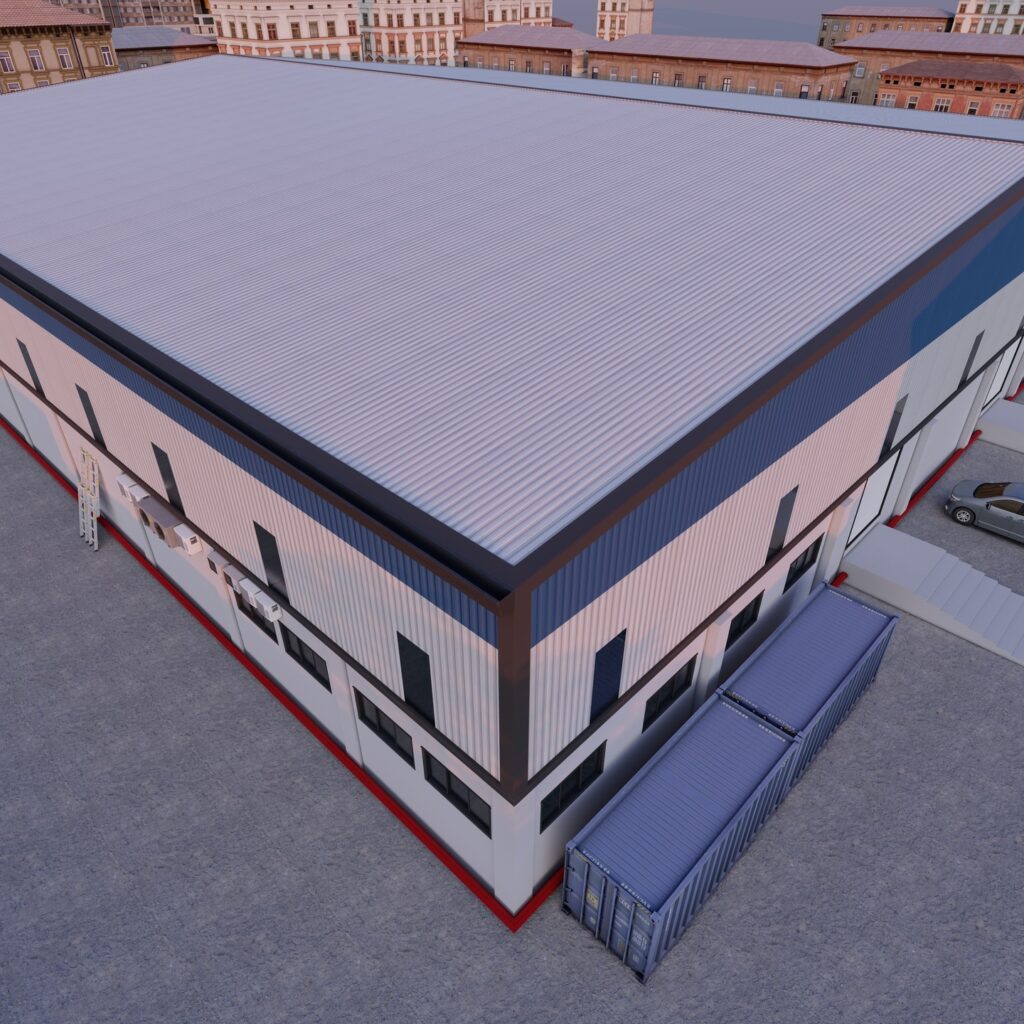
Installing a modified bitumen (mod bit) roofing system has two main methods: peel-and-stick and torch-down. The choice depends on the project’s needs, budget, and the roofing team’s skills.
Peel-and-Stick Application
The peel-and-stick method is cheaper because it needs less special gear and workers. You take off the backing from the mod bit and stick it to the roof. But, it might not be as reliable or last as long as torch-down.
Torch-Down Application: Heat-Welding for Superior Sealing
Pros prefer torch-down for mod bit roofs. It uses a propane torch to melt the mod bit and stick it to the roof. This makes a strong, waterproof seal that protects against water and UV damage.
Torch-down is the top choice for a durable, reliable mod bit roof. It costs a bit more at first, but it lasts longer and is worth it for the building owner.
Modified Bitumen Roofing for Commercial Buildings
Modified bitumen roofing is a top pick for commercial buildings with flat or low-slope roofs. It’s known for its durability, weather resistance, and cost-effectiveness. This makes it perfect for many commercial properties.
First introduced in Europe in the 1960s, modified bitumen roofing has become a staple in the commercial roofing world. It combines asphalt bitumen with synthetic polymers like APP and SBS. These additions boost flexibility, UV protection, and overall performance.
This roofing type excels at handling heavy foot traffic and avoiding punctures. It’s a solid choice for commercial buildings. Plus, it can be installed in various ways, such as hot-applied, cold-applied, torch-applied, and self-adhered. This flexibility meets different project needs and preferences.
Modified bitumen roofs are put on in two or three layers. This setup helps prevent leaks and ensures top-notch weather protection. Its durability and flexibility make it a top pick for buildings in all climates.
Looking after modified bitumen roofs is easy, and fixing minor issues is straightforward. This keeps the roof working well and lasting longer. Its affordability comes from needing little upkeep and lasting a long time, making it a smart choice for building owners.
For over 20 years, modified bitumen roofing has been a reliable choice for many commercial projects. Experts like Starkweather Roofing and Brazos Commercial Roofing offer full solutions for commercial buildings, including modified bitumen roofing.
Types of Modified Bitumen Membranes
There are two main types of modified bitumen roofing: APP (Atactic Polypropylene) and SBS (Styrene-Butadiene-Styrene) membranes. Each type has its own benefits for commercial roofs.
APP (Atactic Polypropylene) Membranes: Plastic-Like and UV-Resistant
APP membranes look like plastic and protect against UV rays. They last 20 years or more with good care. Their look is also appealing, making them popular for commercial buildings.
SBS (Styrene-Butadiene-Styrene) Membranes: Elastic and Flexible
SBS modified bitumen membranes are elastic and flexible. They can be installed in many ways, like peel-and-stick or torch-down. SBS keeps its shape and thickness, offering great weather protection.
APP and SBS membranes have many advantages, like keeping out weather, saving energy, and being strong. Polyglass makes these membranes for commercial buildings’ needs.
“Modified bitumen offers superior weatherproofing protection and durability in comparison to conventional asphalt built-up roofing (BUR).”
Choosing between APP and SBS depends on the building’s needs and the roofing expert’s advice.
Benefits of Modified Bitumen Roofing Systems
Modified bitumen roofing systems are a top choice for commercial buildings. They are known for their strength and resistance to punctures. These roofs can handle a lot of foot traffic and tough weather, giving your property lasting protection.
These roofs are also great at keeping water out. They have multiple layers and special adhesives that make a strong, waterproof seal.
Energy Efficiency
Modified bitumen roofs are also energy-efficient. They have insulating layers that help control temperature. This means your building’s HVAC system works less, saving you money and being better for the planet.
“Properly installed and maintained, a modified bitumen roof is considered a building’s most durable asset.”
For over 40 years, modified bitumen roofing has shown its worth in the commercial market. If you want to improve your building’s protection, energy use, or lifespan, these roofs are a wise choice.
Choosing the Right Modified Bitumen Roofing Contractor
Finding the right contractor for your commercial building’s modified bitumen roof is key. Make sure they are licensed, bonded, and insured in your state. This shows they follow the rules and protect your project.
Look for contractors with special training and certifications for modified bitumen roofs. These skills prove they know how to handle the installation’s technical parts. They know how to prepare the surface and make sure it’s watertight.
It’s also good if they have experience with staged roofing projects. This means they can remove the old roof while putting in the new one without causing trouble for your business.

Meet William Adams, a seasoned roofing expert with over 30 years of hands-on experience in the industry. Having worked tirelessly under the scorching sun and through the fiercest storms, William brings a wealth of knowledge and expertise to the table. Hailing from the heart of the USA, he’s witnessed the evolution of roofing practices firsthand, mastering every aspect along the way. Now retired from the field, William spends his days cherishing time with his loved ones while sharing his invaluable insights through this platform. With William at the helm, you can trust that every tip, advice, and recommendation provided is backed by years of real-world experience and unwavering dedication to quality craftsmanship. Join us as we journey through the world of roofing, guided by the wisdom and passion of a true industry veteran.

